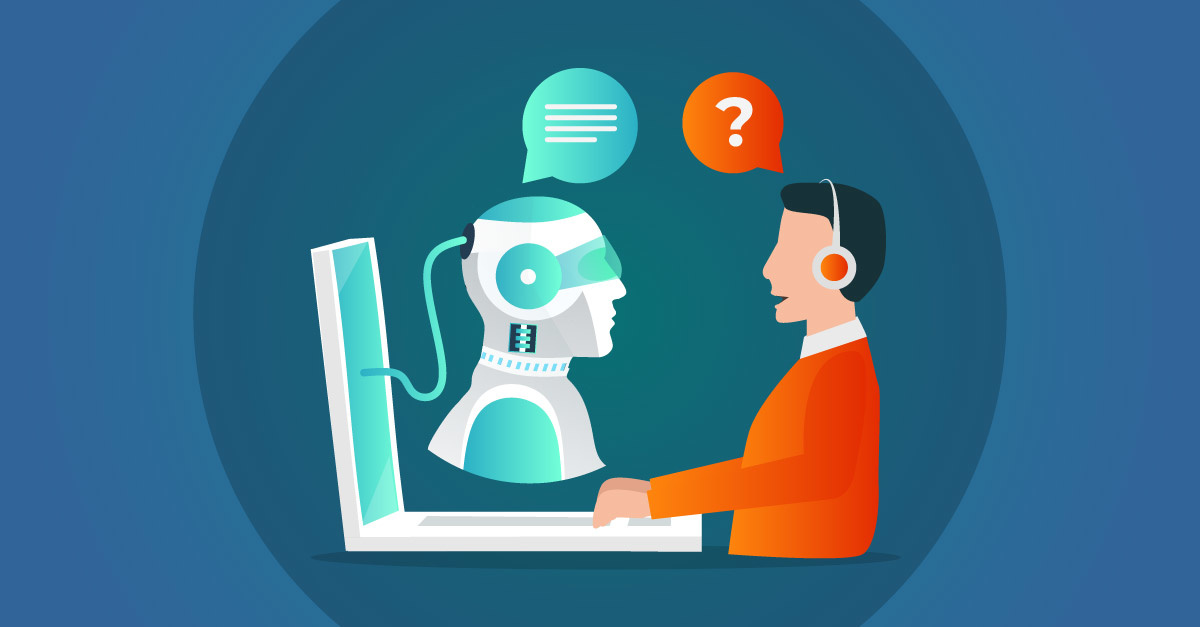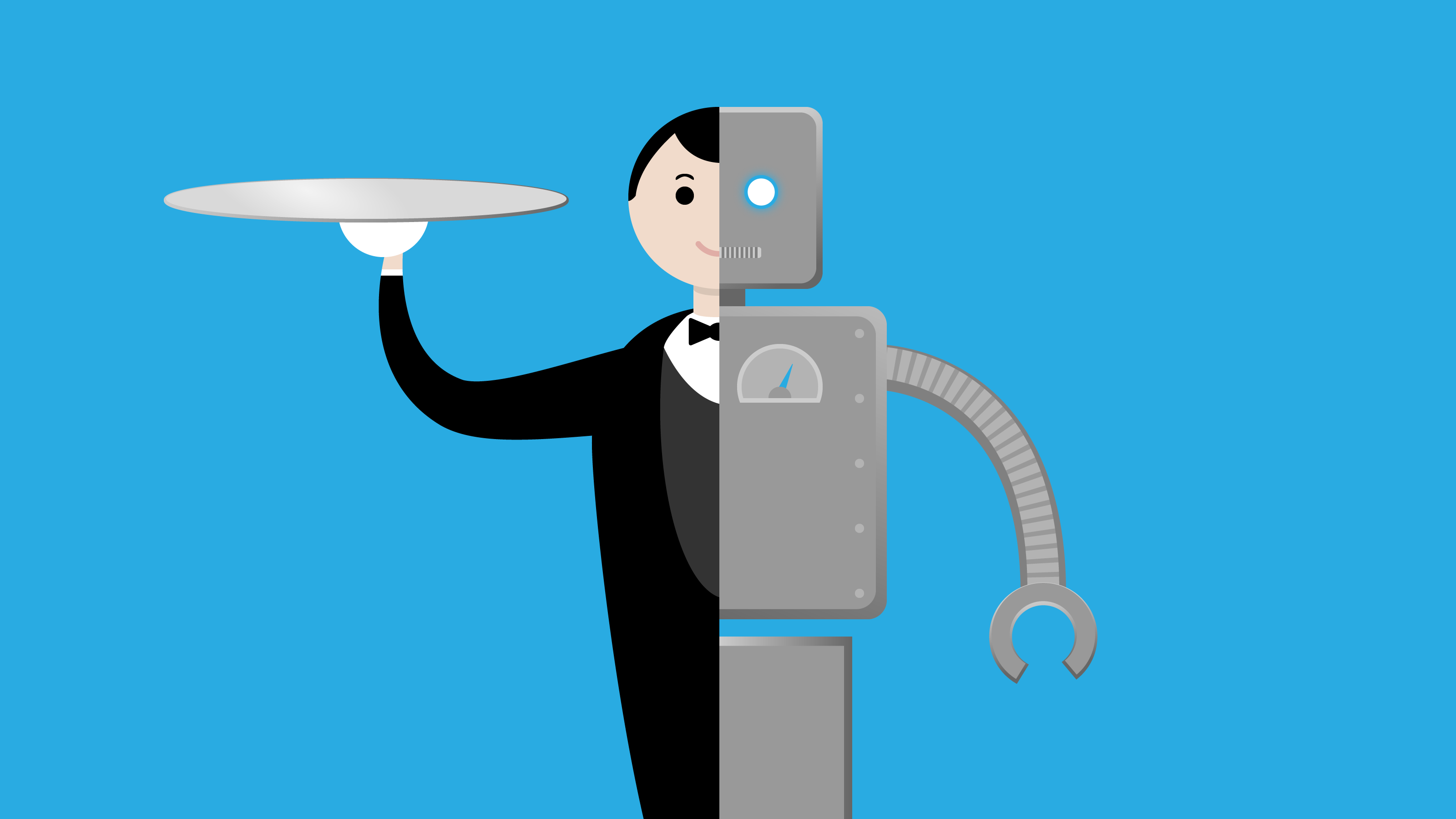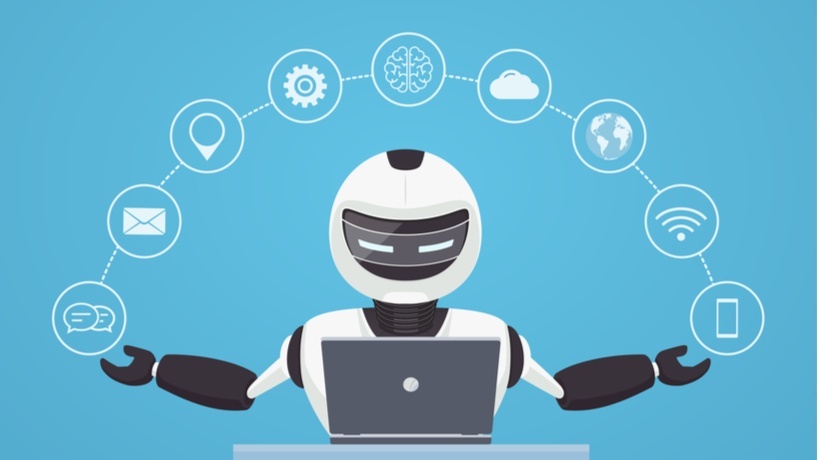Unlocking the Technology Behind an AI Assistant
How an AI assistant works
Author
EZ-AIUnlocking the Technology Behind an AI Assistant
Introduction
Artificial intelligence assistants are becoming increasingly popular and are being used in a wide range of applications, from voice-activated virtual assistants to customer service chatbots. But what is the technology behind these powerful AI assistants?
In this article, we'll explore the different components that make up an AI assistant, including natural language processing (NLP), machine learning, and other advanced algorithms.
—————————————————————————————————————
NLP
The technology behind an AI assistant involves several components, including natural language processing (NLP), machine learning, and other advanced algorithms.
NLP is a branch of artificial intelligence that focuses on the interaction between computers and human languages. It allows AI assistants to understand, interpret, and respond to human language inputs, such as voice commands or text messages.
NLP involves several vital techniques, including:
Tokenization: This involves breaking down text inputs into smaller units, such as individual words or phrases.
Part-of-speech tagging: This involves identifying the grammatical structure of each word in a sentence, such as whether it is a noun, verb, or adjective.
Named entity recognition: This involves identifying specific entities mentioned in a text input, such as names, dates, and locations.
Sentiment analysis: This involves determining the overall sentiment or emotion expressed in a text input.
Parsing: This involves analyzing the grammatical structure of a sentence to determine its meaning and intent.
By using these techniques, an AI assistant can understand and interpret natural language inputs, allowing it to provide accurate and useful responses to user queries.
Machine Learning
In addition to NLP, these assistants also rely on machine learning algorithms to improve their performance over time.
Machine learning involves training the assistant on large amounts of data, allowing it to learn patterns and make more accurate predictions about user needs and preferences.
There are several types of machine learning algorithms, including:
Supervised learning: This involves training the machine learning model on a labeled dataset, where each example is associated with a specific output or response.
Unsupervised learning: This involves training the machine learning model on an unlabeled dataset, where no specific output or response is provided.
The model uses this dataset to identify patterns and relationships within the data, which can be used to make predictions or decisions based on new inputs.
Reinforcement learning: This involves training the machine learning model through a process of trial and error, where the model receives feedback in the form of rewards or penalties based on its actions.
The model uses this feedback to learn which actions are most likely to lead to a desired outcome.
Conclusion
In conclusion, AI assistants are powered by a combination of natural language processing (NLP) techniques, machine learning algorithms, and other advanced algorithms.
NLP allows the assistant to understand and interpret natural language inputs, while machine learning improves its performance over time. Together, these technologies form the foundation for powerful assistants that can provide accurate and useful responses to user queries.
FAQs
What is an AI assistant, and how does it work?
An AI assistant is a software program that uses artificial intelligence to perform tasks and provide assistance to users. It works by using natural language processing (NLP) techniques to understand and interpret human language inputs and machine learning algorithms to improve its performance over time.
What is NLP, and how does it help AI assistants?
NLP is a branch of artificial intelligence that focuses on the interaction between computers and human languages. It helps AI assistants by allowing them to understand, interpret, and respond to natural language inputs, such as voice commands or text messages.
What are some NLP techniques used by AI assistants?
Some NLP techniques used by AI assistants include tokenization, part-of-speech tagging, named entity recognition, sentiment analysis, and parsing. These techniques help the assistant understand the structure and meaning of natural language inputs.
How does machine learning improve the performance of AI assistants?
Machine learning involves training the AI assistant on large amounts of data, allowing it to learn patterns and make more accurate predictions about user needs and preferences. This improves the assistant's performance over time and allows it to provide more accurate and useful responses to user queries.
What are some types of machine learning algorithms used by AI assistants?
Some types of machine learning algorithms used by AI assistants include supervised learning, unsupervised learning, and reinforcement learning. These algorithms help the assistant learn from data and improve its performance over time.



